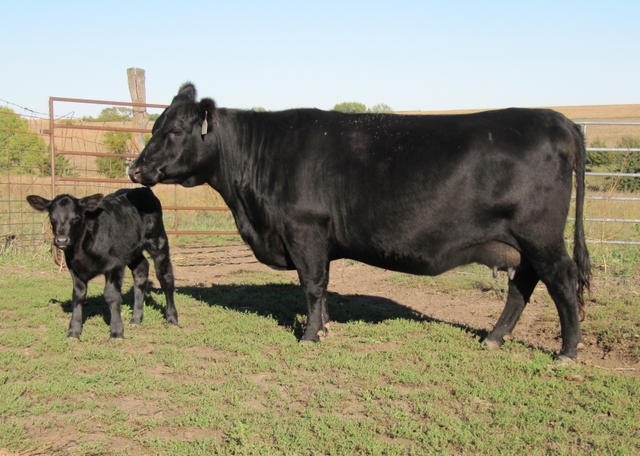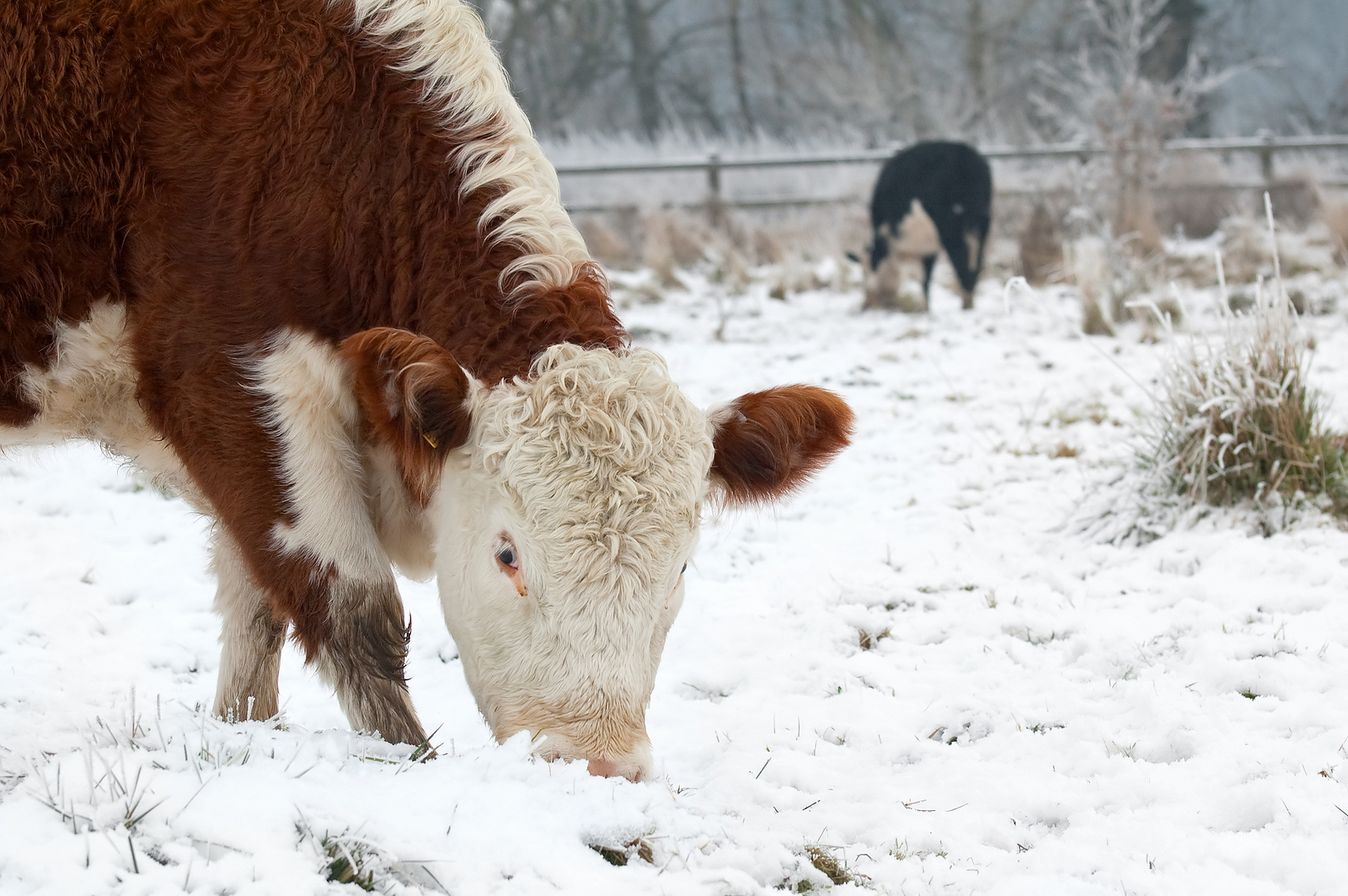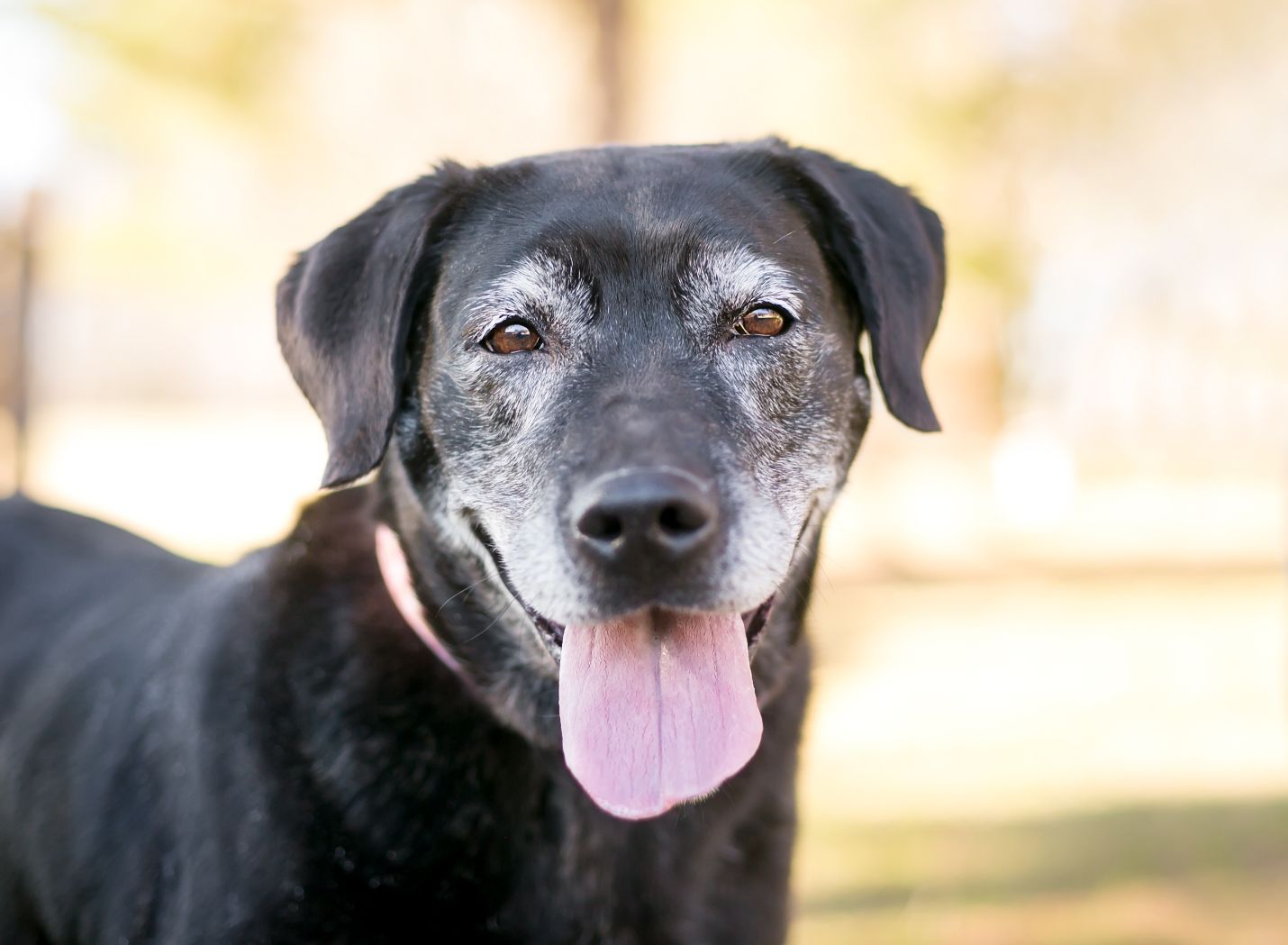Calving Preparedness
It is officially spring when calves start hitting the ground. There are a few reminders, tips, and tricks that everyone should revisit, even the seasoned veterans of calving. It’s amazing the things you can still learn, or forget you have learned, no matter how long you’ve been in the business.

First and foremost, there’s equipment and supplies you want to make sure you have on hand when calves start hitting the ground
- Calving pen & head-gate if possible
- Chains & chain handles
- Calf Jack (if comfortable using)
- OB Lube & OB gloves
- Towels & antiseptic
- Flashlight
- Trailer – accessible and in operating condition
Also, ask yourself, do you have a protocol in place for what to do if something isn’t quite right with a cow/heifer? Knowing what to check for, when to call for help, and who to call isn’t something that should be figured out at the last minute. Be sure to post this information in an easily accessible place, especially if not everyone checking on the cows is a veteran farmer. Oftentimes there are spouses, kids, neighbors, and friends that all help, so having everyone on the same page is beneficial.
Finally, there are 3 stages to calving. The first stage of calving can start as early as 2 weeks prior to the actual date the calf presents to the world. It consists of gradual changes such as relaxation and swelling of the vulva (“springing”) and the loss of the cervical plug. The second stage signals that calving is impending in approximately the next 24 hours. Here we see the relaxing of the pelvic ligaments, strutting of the teats, and behavior changes such as isolation and decreased feed intake. Stage three is when “calving” actually starts. Once this starts there should be constant progress of the calf to the outside world. If there isn’t that constant progress, there is a problem. Heifers get a little more leniency since they have never experienced this before, so give them about an hour before intervention/checking as long as there are no obvious problems. Cows are usually quicker – if they haven’t calved in about 30 minutes or at least made continuous progress, they will likely need some intervention.
No matter how long we’ve been working with calves, there is always something new and strange that can happen that we can never be fully prepared for. Reviewing and preparing ahead of time can help make life a bit easier and help ensure that some of the more common/routine things don’t become a problem. Remember – if there are ever any questions or help is needed, we have someone available 24/7 to help! Just give us a call!
Cold Weather Care for Pets & Livestock

Even if an animal spends it’s life outside, certainly doesn’t exempt it from needing a little extra care! Now that we’ve moved into colder weather, it is time to start thinking about how it will affect our animals. Both the large animals and small animals have some things to take into consideration when preparing for winter – shelter/protection from weather, food and water sources, and ice/slipping.
Read more: Cold Weather Care for Pets & LivestockShelter
One of the most important requirements for any animal is shelter. For many of our cats and dogs, that would be our house! When it comes to outdoor pets – cattle, horses, and other large animals – that shelter can vary a bit more. With any species, especially during the winter, it is important to have a solid structure that the animal can get into to get away from wind and snow. Cats and dogs need a small, insulated house where they can get in and get warmed up. Cattle typically have a thick enough winter coat, so it’s best practice to provide at least a 3-sided structure to get in out of the wind and away from the snow (when they want to anyway). When it comes to horses, having a sufficient shelter is more than enough protection from the cold and snow; typically no extra blanketing is needed unless they have underlying health problems.
Hydration
Food and water is another big item to take into consideration for winter. Our indoor pets aren’t really going to be affected, but any outdoor animals can be. First and foremost, a consistent water source is VERY important. Tank heaters for large animals and heated water bowls are life savers during the winter, both for the animal and the human taking care of them. Even when there is snow on the ground, animals can become dehydrated quite easily. Most animals are going to use snow as a last resort for a water supply – eating/melting snow uses a lot of energy and body heat. Lack of a water source can result in dehydration and death. As far as food goes, there are not necessarily a lot of changes that need to be made other than making sure that it is still easy to access (not covered in snow or ice) and when it is extremely cold, an increase in forage for the large animals to help them keep warm can be beneficial. Most small animals with adequate shelter don’t need any food changes, but if it is extremely cold for prolonged times, they may need an increase in calories, but this will be different between individual pets.
Safety
Ice and slipping hazards are always a problem at some point during the winter. For our pets especially, it is important to protect those pads as it is easy for them to get cuts on pads from ice and melted snow that has re-frozen. Good footing for any species is a must – with our large animals, this is a lot harder to achieve and the best solution will depend upon the housing of the animal. Breaking large ice chunks up, animal-safe ice melt, and keeping them away from slick areas when possible are all good options.
When salt and other de-icing products are being used due to weather, use a pet-safe formula in instances that you can control. Although we can’t control what is used everywhere, there are some easy precautions to help ensure that your pet does not get a burn from the salt or upset stomach licking the salt from their paws. Winter dog boots are a great option – these can protect from both the cold and the salt. Other alternatives include avoiding areas that are salted, or if the pet is only exposed to a small amount of salt, washing paws as soon as they come back inside. When we get some of those bitterly cold, snowy days, remember to add some extra protection to feet, such as the winter dog boots or other covering – paws, especially small ones, can get too cold in a hurry.
In conclusion, this winter make sure you are prepared for bad weather! Whether you have large animals, small animals, or both, there are many different things to consider and prepare for. Please take a minute and make sure you are ready for the ice and snow before it gets here!
Should You Adopt a Senior Pet? Absolutely!

Many people looking to add a new furry family member can get stuck in the young animal zone. This is understandable, especially if you want to be highly involved in training and socialization from a young age. Not everyone wants to tackle housetraining or intense play/exercise time every day, however. Some pet owners simply want a dependable, sweet companion to share time with. Senior pets, or animals over age 7, can be wonderful additions to a slower-paced household.
November is National Pet Adoption Month. If you’ve ever wondered if you should adopt a senior pet, we’ve got some great insights into the invaluable experience of living with an older cat or dog.
Continue…